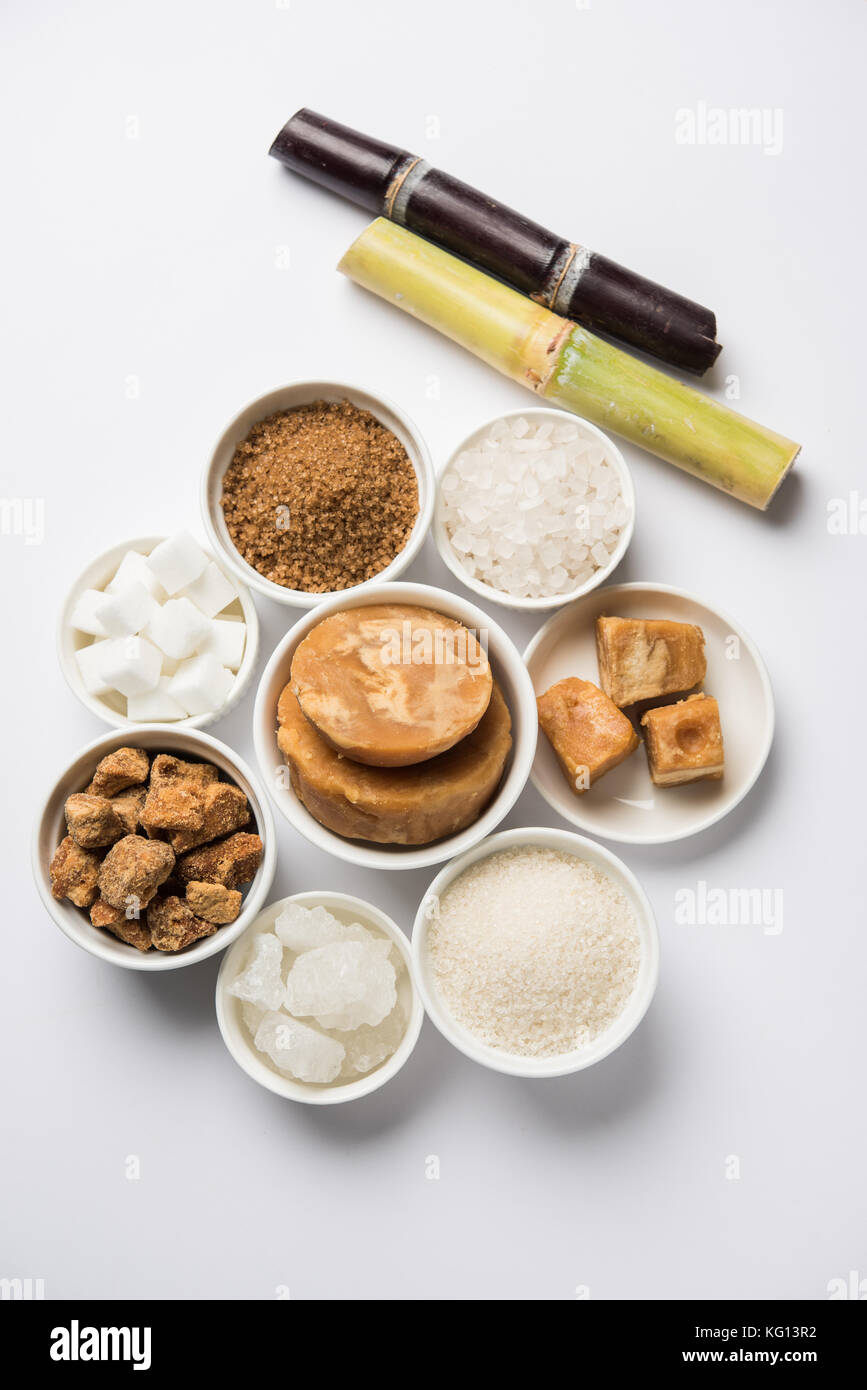The Dietary Value and Wellness Advantages of Sugarcane Product
The Trip of Sugarcane: From Harvest to Everyday Products
The trip of sugarcane is a diverse procedure that starts with careful growing and culminates in a range of products that penetrate our daily lives. As we discover the various elements of sugarcane's trip, its role in sustainability and the more comprehensive ramifications for our setting come into sharper emphasis.
Cultivation of Sugarcane
The farming of sugarcane is a vital agricultural process that calls for particular ecological conditions and administration practices. Ideal growth takes place in subtropical and exotic areas where temperatures vary in between 20 ° C and 32 ° C. Adequate rainfall or watering is vital, as sugarcane grows in moist dirt with well-drained problems (sugarcane product). Soil high quality dramatically influences return; thus, farmers usually conduct soil examinations to determine nutrient requirements
This approach promotes reliable collecting and maximizes sunshine direct exposure. Crop turning and intercropping are advised techniques to boost dirt fertility and minimize bug invasions.
Prompt application of these plant foods can considerably boost sugar yields. On the whole, successful sugarcane farming hinges on a combination of environmental stewardship, strategic preparation, and ongoing administration practices.
Gathering Techniques
Successful sugarcane farming culminates in the collecting phase, which is essential for making best use of yield and making certain quality. The timing of the harvest is vital; sugarcane is generally collected when sucrose levels height, generally between 10 to 18 months after growing. This duration varies based on environment, dirt type, and sugarcane range.
Collecting techniques can be extensively classified right into manual and mechanical techniques. Manual harvesting is labor-intensive, depending on proficient workers that use machetes to reduce the stalks short. This technique permits selective harvesting, where just the ripest walking canes are picked, thus enhancing overall sugar material.
Conversely, mechanical harvesting has acquired appeal because of its effectiveness and cost-effectiveness. Specialized farmers equipped with reducing blades and conveyor systems can refine huge locations quickly, substantially decreasing labor costs. Nevertheless, this strategy may cause the incorporation of immature walking sticks and a potential reduction in sugar quality.

Despite the technique utilized, making sure that collected walking sticks are carried swiftly to processing facilities is crucial. Motivate taking care of decreases spoilage and maintains the integrity of the sugarcane, establishing the stage for optimum processing.
Processing Approaches
Handling sugarcane entails several crucial steps that change the harvested stalks into usable products, mostly sugar and molasses. The first phase is washing the walking stick to remove soil and debris, complied with by the removal of juice via squashing or milling. This process commonly uses hefty rollers that break the walking cane fibers to launch the sweet fluid included within.
When the juice is drawn out, it undergoes explanation, where pollutants such as dirt bits and bagasse are gotten rid of. This is frequently accomplished by adding lime and heating the juice, allowing sedimentation. The cleared up juice is after that focused via evaporation, where water content is decreased, resulting in a thick syrup.

Ultimately, the handling of sugarcane not only generates sugar and molasses yet likewise lays the foundation for various by-products, which will be checked out in succeeding discussions.
Products Derived From Sugarcane
Sugarcane is a flexible crop that produces a broad range of items past just sugar and molasses. Among the primary byproducts are ethanol and biofuels, which have gotten prestige as eco-friendly energy resources. Ethanol, created through the fermentation of sugarcane juice, works as an alternative to fossil gas and is typically blended with fuel to produce cleaner-burning gas, decreasing greenhouse gas exhausts.
Additionally, sugarcane is a substantial source of bagasse, the coarse residue continuing to be after juice removal. Bagasse is used in numerous applications, consisting of the production of paper, eco-friendly packaging, and as a biomass fuel for energy generation. Its use not just decreases waste yet additionally improves the sustainability of sugarcane processing.
In addition, sugarcane-derived products include the food market, where it works as an all-natural flavoring agent and sweetener in numerous cooking applications. In the realm of cosmetics, sugarcane removes are included right into skin care items due to their natural exfoliating buildings.
Ecological Influence and Sustainability
The farming and handling of sugarcane have significant ramifications for ecological sustainability. This plant requires significant water sources, often resulting in depletion of local water products and affecting surrounding environments. Additionally, the use of plant her response foods and pesticides in sugarcane farming can lead to soil destruction and river pollution, positioning threats to biodiversity.

Lasting sugarcane farming additionally promotes dirt health via plant rotation and decreased tillage, enhancing carbon sequestration. The fostering of these methods not just supports ecological honesty but additionally improves the strength of farming visit their website communities versus climate modification.
Final Thought
In summary, the journey of sugarcane includes numerous stages from cultivation to processing, eventually resulting in a broad selection of products. The importance of sugarcane expands past mere sweeteners, adding to renewable resource with ethanol production, sustainable packaging via bagasse, and all-natural removes for cosmetics. This complex crop plays a crucial duty in both dietary enrichment and ecological sustainability, highlighting its importance in contemporary agricultural and commercial practices.
Effective sugarcane cultivation finishes in the collecting stage, which is pivotal for making best use of yield and making sure quality. The timing of the harvest is essential; sugarcane is typically harvested when sucrose levels top, usually between 10 to 18 months after planting.Handling sugarcane involves numerous critical actions that change the harvested stalks right into functional products, mainly sugar and molasses.Sugarcane is a versatile plant that generates a broad range of items beyond simply sugar and molasses. Furthermore, the usage of plant foods and pesticides in sugarcane farming can result in soil degradation and waterway pollution, posturing risks to biodiversity.